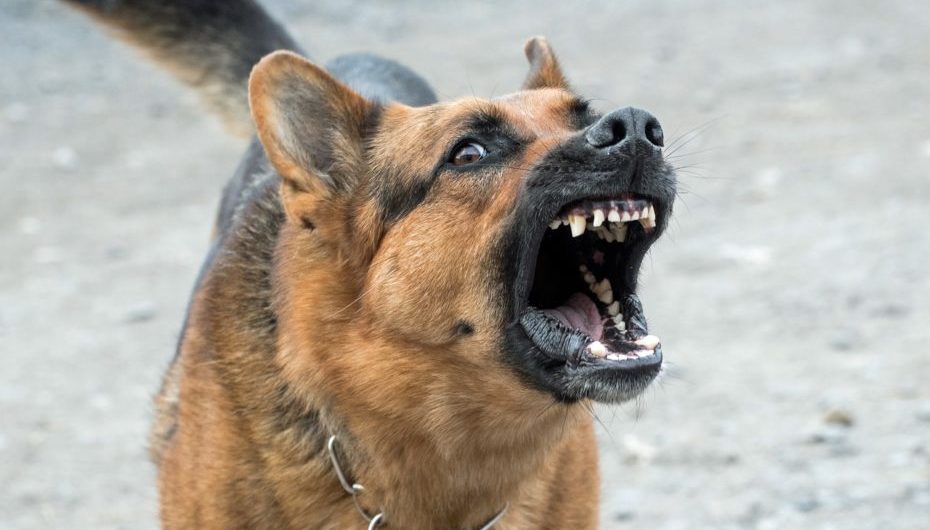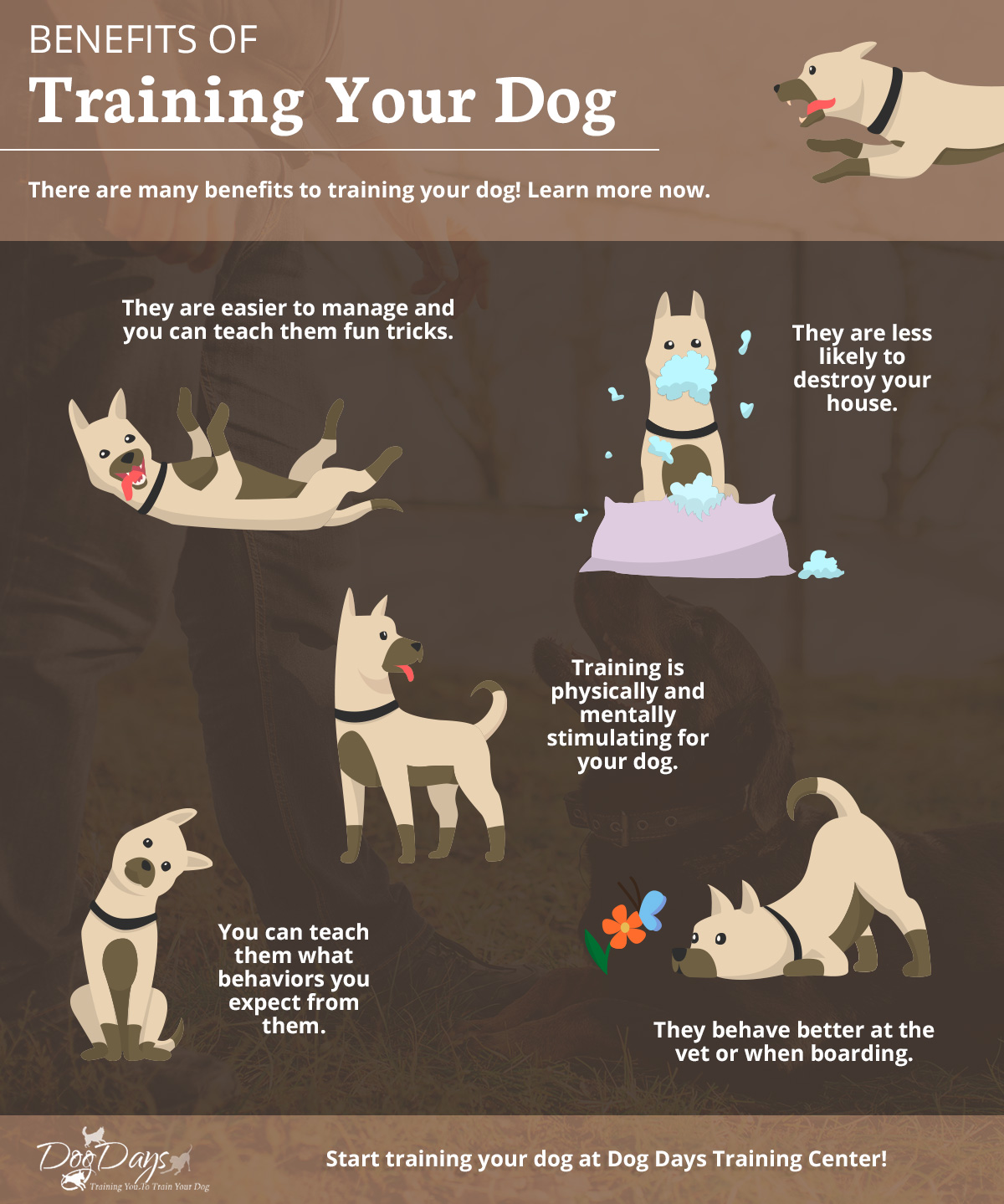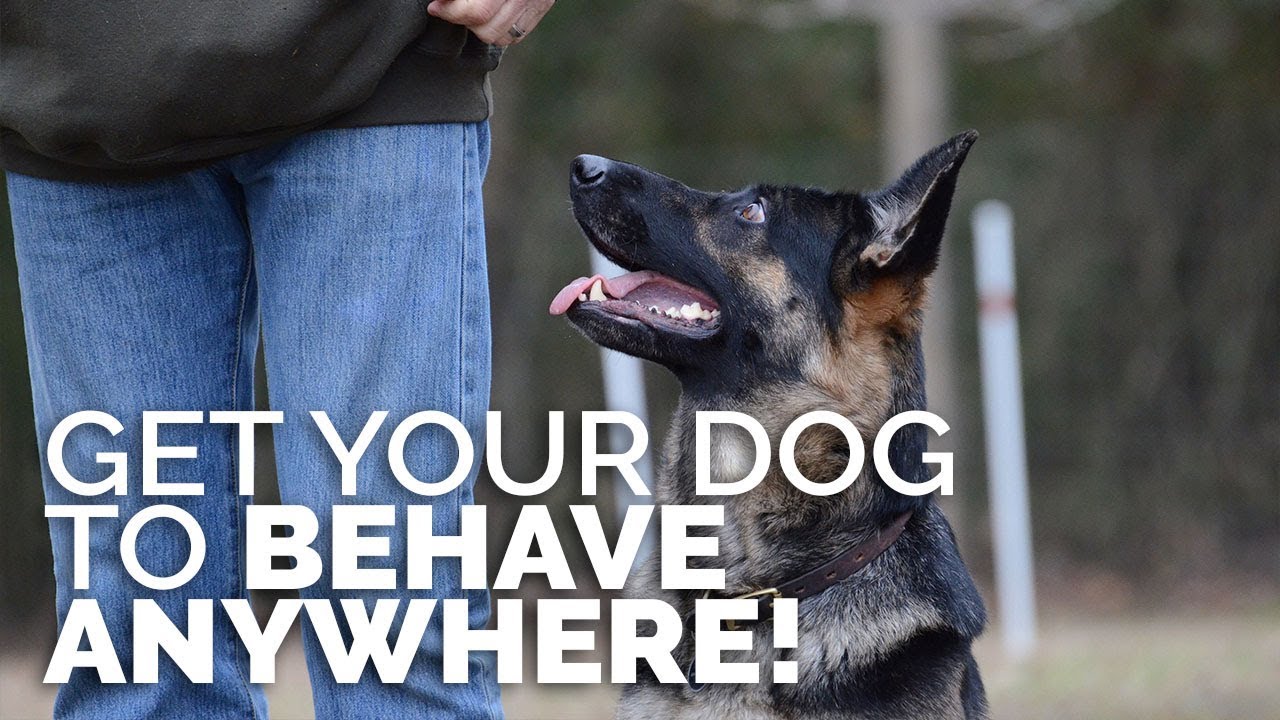How to Train a Dog to Behave: Expert Tips for Success
To train a dog to behave, use positive reinforcement and consistent commands. Patience and regular practice are essential.
Training a dog to behave well is crucial for a harmonious relationship. Start with basic commands like sit, stay, and come. Use treats and praise to reinforce good behavior. Consistency is key, so ensure all family members follow the same commands and rules.
Short, frequent training sessions keep your dog engaged and prevent boredom. Socialization with other dogs and people also plays a significant role. A well-behaved dog is more enjoyable to be around and less likely to develop problematic behaviors. Invest time in training to build a strong, positive bond with your pet.
Choosing The Right Breed
Choosing the right breed is crucial for successful dog training. Different breeds have varied characteristics. Understanding these can help you select a breed that fits your lifestyle and training goals.
Size And Temperament
The size of your dog affects its behavior and training needs. Larger breeds like Labradors and German Shepherds often need more space. Smaller breeds, such as Chihuahuas and Pomeranians, require less room.
Temperament is another key factor. Some breeds are naturally more gentle and patient. For instance, Golden Retrievers are known for their friendly nature. On the other hand, breeds like Terriers can be more stubborn.
| Breed | Size | Temperament |
|---|---|---|
| Labrador Retriever | Large | Friendly |
| Chihuahua | Small | Alert |
| German Shepherd | Large | Loyal |
| Terrier | Small to Medium | Energetic |
Energy Levels
Energy levels vary significantly among breeds. High-energy breeds need more exercise and mental stimulation. Breeds like Border Collies and Huskies fall into this category.
Low-energy breeds are more laid-back. They are ideal for less active families or individuals. Bulldogs and Basset Hounds are examples of low-energy breeds.
- High-Energy Breeds:
- Border Collie
- Husky
- Jack Russell Terrier
- Low-Energy Breeds:
- Bulldog
- Basset Hound
- Shih Tzu
Understanding the energy levels can help you choose a breed that matches your activity level. This will make training easier and more enjoyable for both you and your dog.

Credit: huntingtonpet.com
Essential Training Tools
Training a dog requires patience and consistency. Having the right essential training tools makes the process easier and more effective. Below, we explore the primary tools you need to train your dog to behave.
Leashes And Collars
Leashes and collars are fundamental tools for dog training. They help control your dog’s movements and keep them safe. There are various types of leashes and collars available:
- Standard Collars: Ideal for everyday use.
- Martingale Collars: Prevents dogs from slipping out.
- Harnesses: Great for dogs that pull on the leash.
- Retractable Leashes: Offers flexibility in movement.
Choosing the right collar and leash depends on your dog’s size and behavior. Ensure the collar fits snugly but not too tight.
Treats And Rewards
Using treats and rewards is a powerful way to motivate your dog. Positive reinforcement encourages good behavior. Here are some tips for using treats and rewards:
- Select High-Value Treats: Choose treats that your dog loves.
- Use Small Portions: Keep treat sizes small to avoid overfeeding.
- Be Consistent: Reward your dog immediately after they obey a command.
- Vary the Rewards: Mix treats with verbal praise and petting.
A mix of treats and praise makes the training process enjoyable for your dog.
Starting With Basic Commands
Training a dog begins with teaching basic commands. These commands help your dog understand what you expect. They also create a foundation for more complex training. Let’s explore some key commands: Sit and Stay and Come and Heel.
Sit And Stay
The “Sit” command is essential. It helps manage your dog’s behavior. Follow these steps to teach your dog to sit:
- Hold a treat close to your dog’s nose.
- Move your hand up, allowing their head to follow the treat and their bottom to lower.
- Once they are in a sitting position, say “Sit” and give them the treat.
- Repeat this process a few times every day.
The “Stay” command is next. This command teaches patience. Here’s how to train your dog to stay:
- Ask your dog to sit.
- Open your palm in front of you and say “Stay.”
- Take a few steps back. If they stay, reward them with a treat.
- Gradually increase the distance and duration before giving the treat.
Come And Heel
The “Come” command is vital for safety. It ensures your dog returns to you. Follow these steps to teach your dog to come:
- Put a leash and collar on your dog.
- Say “Come” and gently pull the leash towards you.
- When they come to you, reward them with a treat and praise.
- Practice this in different environments to reinforce the command.
The “Heel” command helps in walking without pulling. Here’s how to train your dog to heel:
- Start by having your dog sit beside you on a leash.
- Hold the leash and a treat in your left hand.
- Say “Heel” and take a step forward.
- If your dog stays by your side, reward them with a treat.
- Practice this daily to reinforce the behavior.
Training takes patience and consistency. Reward your dog generously. Training strengthens your bond and builds trust.

Credit: www.dogdaystc.com
House Training Techniques
House training a dog is essential for a harmonious household. Proper techniques can make the process smooth and stress-free. In this section, we will explore two effective house training methods: crate training and potty training.
Crate Training
Crate training involves using a crate to help your dog learn where to go. A crate becomes your dog’s safe space. It helps with teaching boundaries and reducing anxiety. Follow these steps to crate train your dog:
- Choose the right size crate. Your dog should stand and turn around easily.
- Introduce the crate gradually. Place treats and toys inside.
- Feed your dog meals in the crate. This creates a positive association.
- Gradually increase crate time. Start with short periods and build up.
- Use the crate for naps and bedtime. This builds a routine.
Consistency is key. Be patient and never use the crate for punishment.
Potty Training
Potty training teaches your dog to relieve themselves in designated areas. Follow these steps for effective potty training:
- Establish a routine. Take your dog out at the same times daily.
- Choose a potty spot. Always take your dog to the same spot.
- Use commands. Say a cue like “Go potty” and reward them when they do.
- Watch for signs. Look for circling or sniffing behaviors.
- Accidents happen. Clean them with an enzyme cleaner to remove odors.
Consistency and patience are crucial. Praise your dog for successes.
Addressing Behavioral Issues
Training a dog is rewarding, but addressing behavioral issues can be challenging. Common problems like barking, chewing, and separation anxiety need specific attention. This guide will help you manage these issues effectively.
Barking And Chewing
Dogs bark and chew for many reasons. It can be due to boredom, anxiety, or excitement. Understanding the cause helps in resolving the issue.
- Barking: Identify the trigger. Is it strangers, other dogs, or boredom? Use positive reinforcement to teach the “quiet” command. Reward your dog when they stop barking.
- Chewing: Provide appropriate chew toys. Keep valuable items out of reach. Supervise your dog and correct them with a firm “no” if they chew on inappropriate objects.
| Behavior | Solution |
|---|---|
| Barking at strangers | Use the “quiet” command and reward silence. |
| Chewing furniture | Provide chew toys and supervise. |
Separation Anxiety
Separation anxiety occurs when a dog feels stressed without its owner. It can lead to destructive behavior and excessive barking.
- Start with short absences. Gradually increase the time you are away.
- Leave a piece of your clothing. Your scent can comfort your dog.
- Provide interactive toys. Keep your dog occupied while you are gone.
- Consider crate training. It can create a safe space for your dog.
Patience and consistency are key to addressing separation anxiety. Ensure your dog feels secure and loved.
Socialization Strategies
Training your dog to behave well involves effective socialization strategies. Socializing your dog helps them become friendly and well-adjusted. Below are key areas to focus on for successful socialization.
Meeting Other Dogs
Introduce your dog to other dogs in a controlled way. Use a leash to keep control. Start with calm, friendly dogs. Allow them to sniff each other. Watch their body language closely. Reward your dog for calm behavior.
- Choose a quiet place for introductions.
- Keep the first meetings short.
- Gradually increase the meeting time.
| Step | Description |
|---|---|
| 1 | Choose a calm environment. |
| 2 | Use a leash for control. |
| 3 | Allow sniffing. |
Interacting With People
Help your dog get comfortable with people. Start with family members. Let them pet and play with your dog. Introduce new people slowly. Have strangers give treats to your dog. This creates positive associations.
- Start with family interactions.
- Gradually introduce new people.
- Encourage strangers to offer treats.
Different people should handle your dog. This includes children and adults. Expose your dog to various environments. Busy parks, quiet streets, and different homes are good places. Reward calm behavior with treats.
Positive Reinforcement Methods
Training a dog to behave can be challenging yet rewarding. Positive reinforcement methods are effective and humane. They encourage dogs to repeat good behaviors. This method focuses on rewarding desired actions. Here, we’ll explore different techniques under this approach.
Reward Systems
Reward systems are crucial in positive reinforcement. They make good behavior attractive to dogs.
- Treats: Small, tasty treats work well. Give a treat immediately after the desired action.
- Praise: Use a happy tone to praise your dog. Words like “good boy” are effective.
- Toys: Some dogs love toys. Offer a favorite toy as a reward.
- Affection: Petting and hugging can be strong motivators.
Use rewards consistently to reinforce good behavior. Change rewards to keep your dog interested.
Consistency And Patience
Consistency and patience are key to successful training. Dogs learn best through repetition and clear signals.
Consistency: Use the same commands and rewards every time. This helps your dog understand what you expect.
| Command | Action |
|---|---|
| Sit | Reward with a treat |
| Stay | Praise immediately |
Patience: Training takes time. Don’t get frustrated if progress is slow. Keep sessions short and fun.
- Start with basic commands.
- Practice daily.
- Increase complexity gradually.
Remember, your dog wants to please you. With consistency and patience, your dog will learn to behave well.
Advanced Training Tips
Training a dog to behave requires advanced techniques beyond basic commands. Advanced training tips can improve your dog’s skills and strengthen your bond. This section covers two key areas of advanced training: Agility Training and Obedience Competitions.
Agility Training
Agility training improves a dog’s physical and mental fitness. Dogs learn to navigate obstacle courses swiftly and accurately. This training enhances their coordination and focus.
- Start with basic obstacles like tunnels and jumps.
- Gradually introduce more complex challenges.
- Use positive reinforcement to encourage your dog.
- Ensure the training sessions are fun and engaging.
Agility training can prevent boredom and reduce destructive behavior. It’s a great way to keep your dog active and happy.
Obedience Competitions
Obedience competitions test a dog’s ability to follow commands under pressure. Competing can be a rewarding experience for both you and your dog.
- Teach advanced commands like heel, stay, and recall.
- Practice in various environments to generalize the behavior.
- Consistency and patience are key to success.
Participating in obedience competitions can build your dog’s confidence. It also strengthens the bond between you and your dog.

Credit: pupford.com
Frequently Asked Questions
How To Start Training A Dog?
Begin training as soon as you bring your dog home.
What Are Basic Commands For Dogs?
Teach commands like sit, stay, come, and heel.
How To Train A Dog To Sit?
Hold a treat above the dog’s head and say “sit. “
What Age Is Best For Training Dogs?
Start training puppies at 8 weeks old.
How To Stop A Dog From Barking?
Use consistent commands and positive reinforcement.
How To House Train A Dog?
Take your dog outside frequently and reward it.
How To Train A Dog To Stay?
Say “stay” and step back slowly, rewarding compliance.
How Long Does Dog Training Take?
Training duration varies; consistency is key.
Can Older Dogs Be Trained?
Yes, older dogs can learn new commands.
What Is Positive Reinforcement In Dog Training?
Rewarding good behavior with treats, praise, or play.
Conclusion
Training a dog to behave requires patience and consistency. Positive reinforcement can make the process enjoyable for both. Remember to stay calm and reward good behavior. With time and effort, your dog will learn to follow commands and behave well.
Happy training, and enjoy the bond you build with your furry friend!







![Can You Eat Seagulls? [Are Seagulls Edible?]](https://proanimalguide.com/wp-content/uploads/2022/12/deaf8ba24d834182af78771f36660821-768x440.jpg)